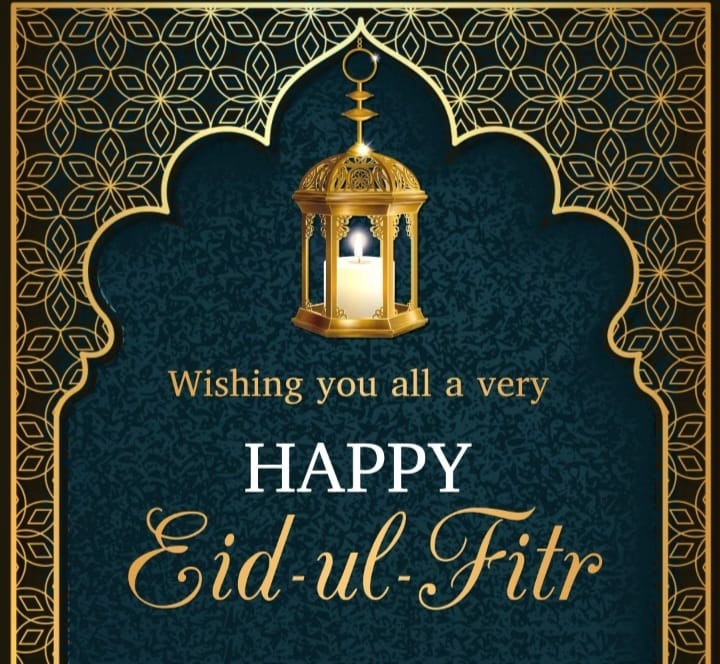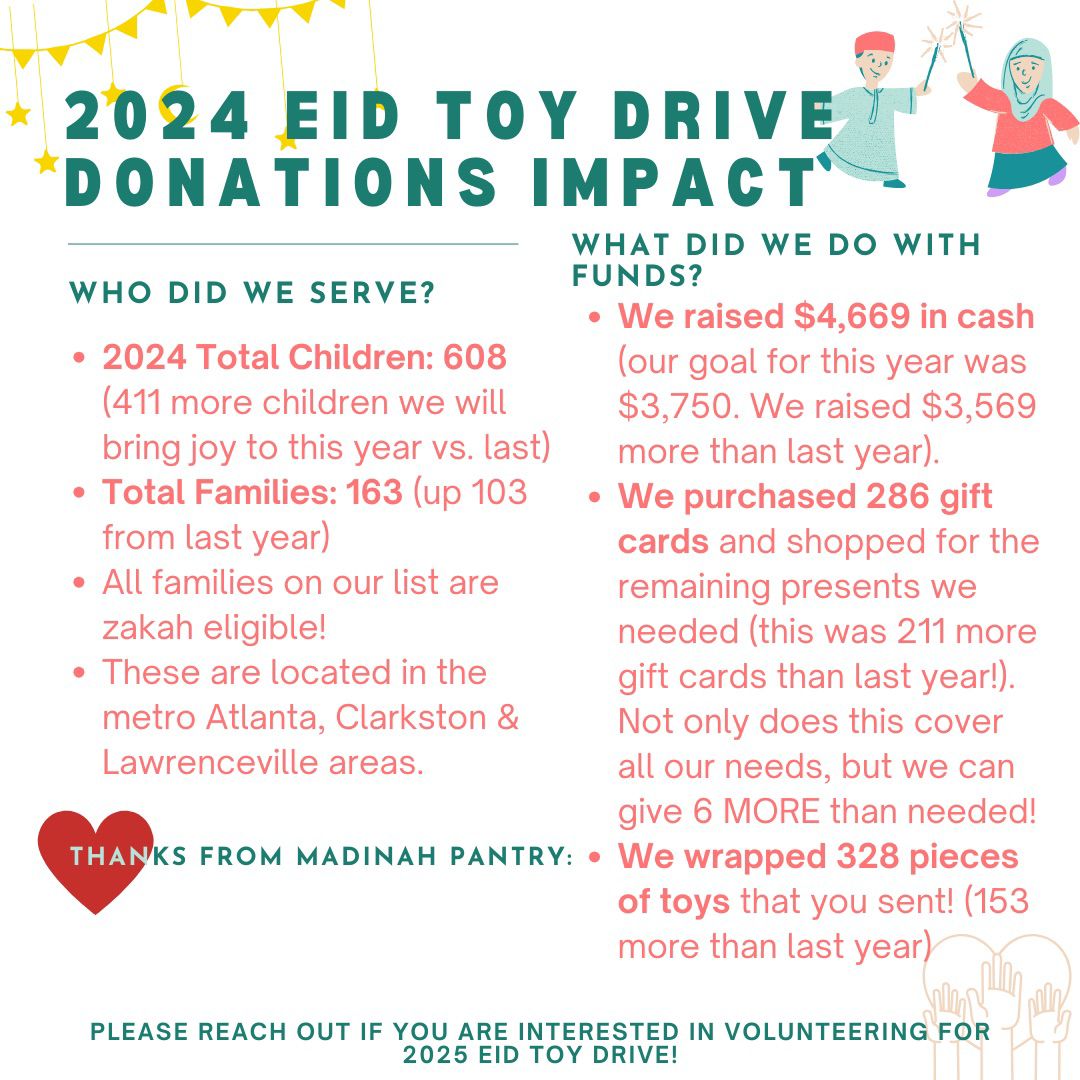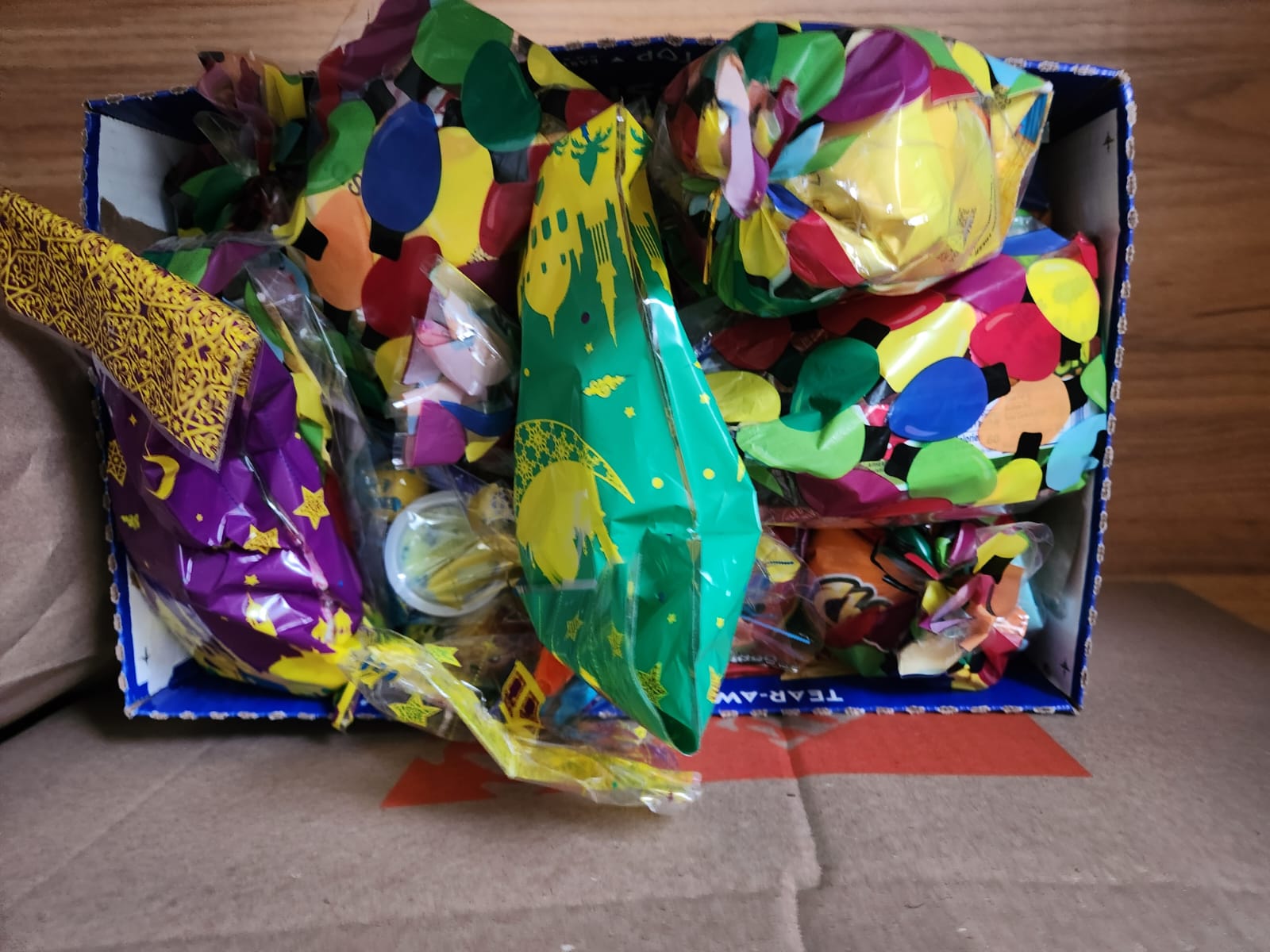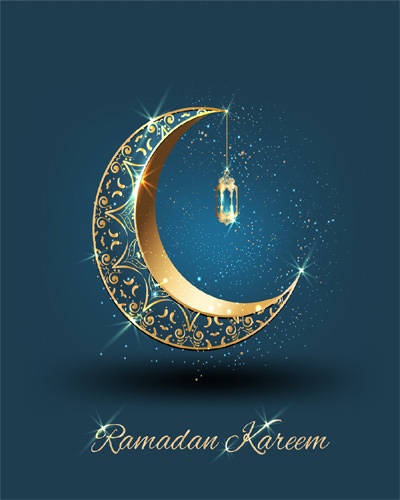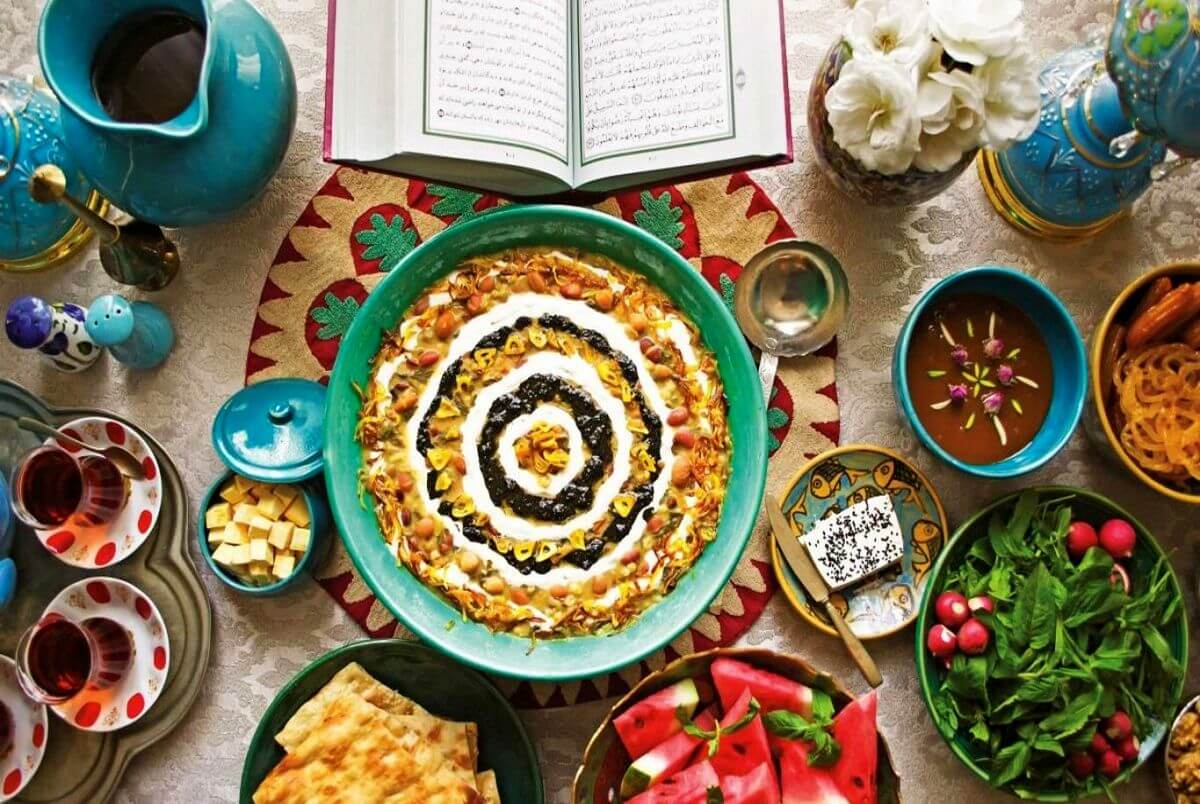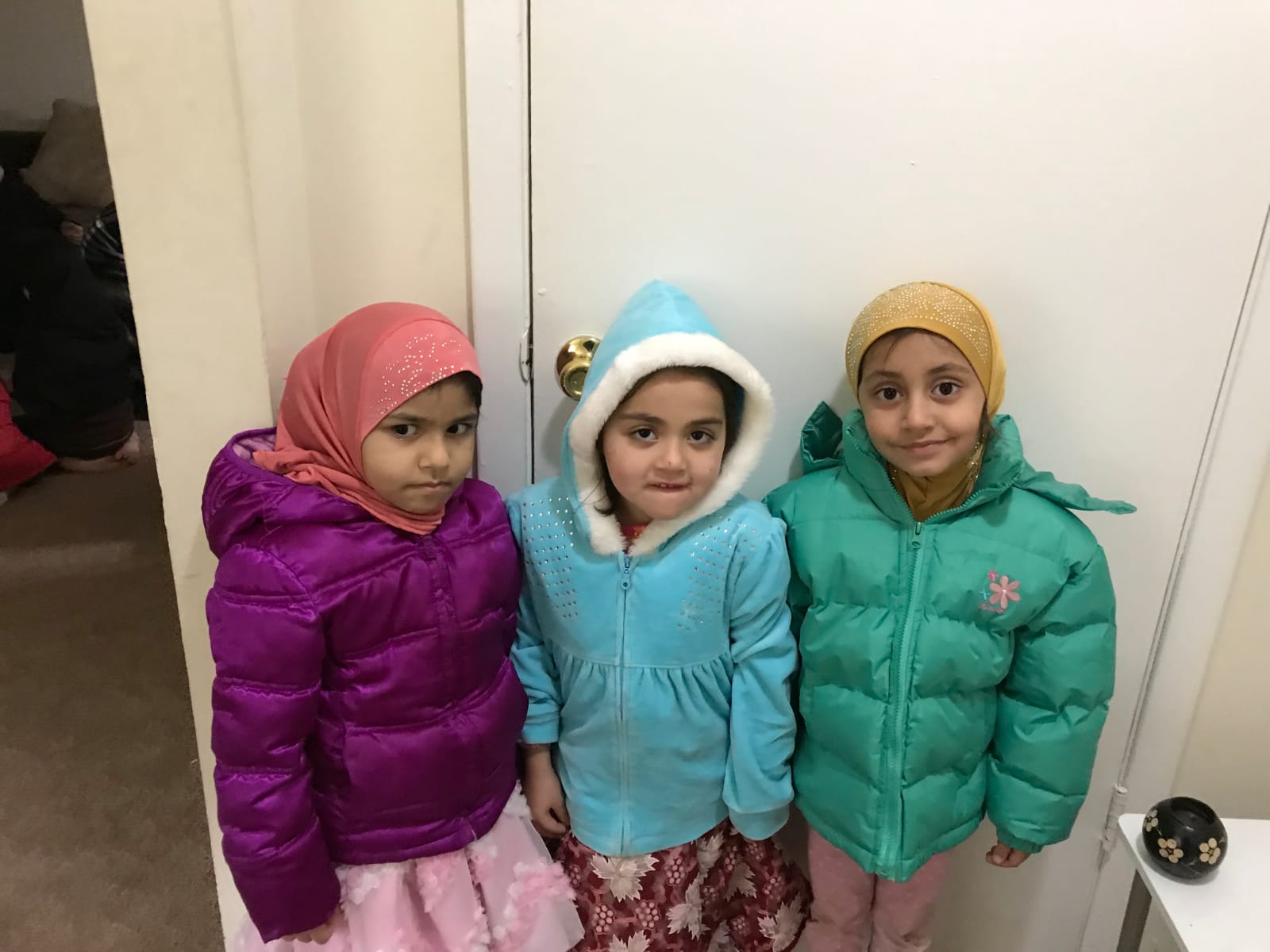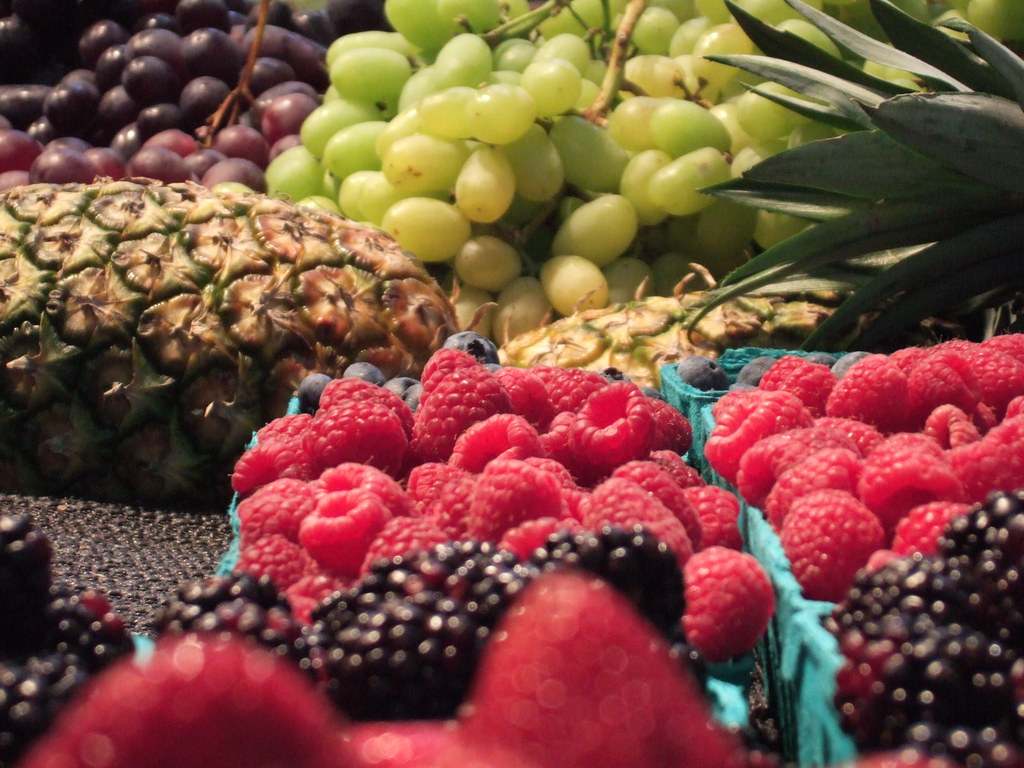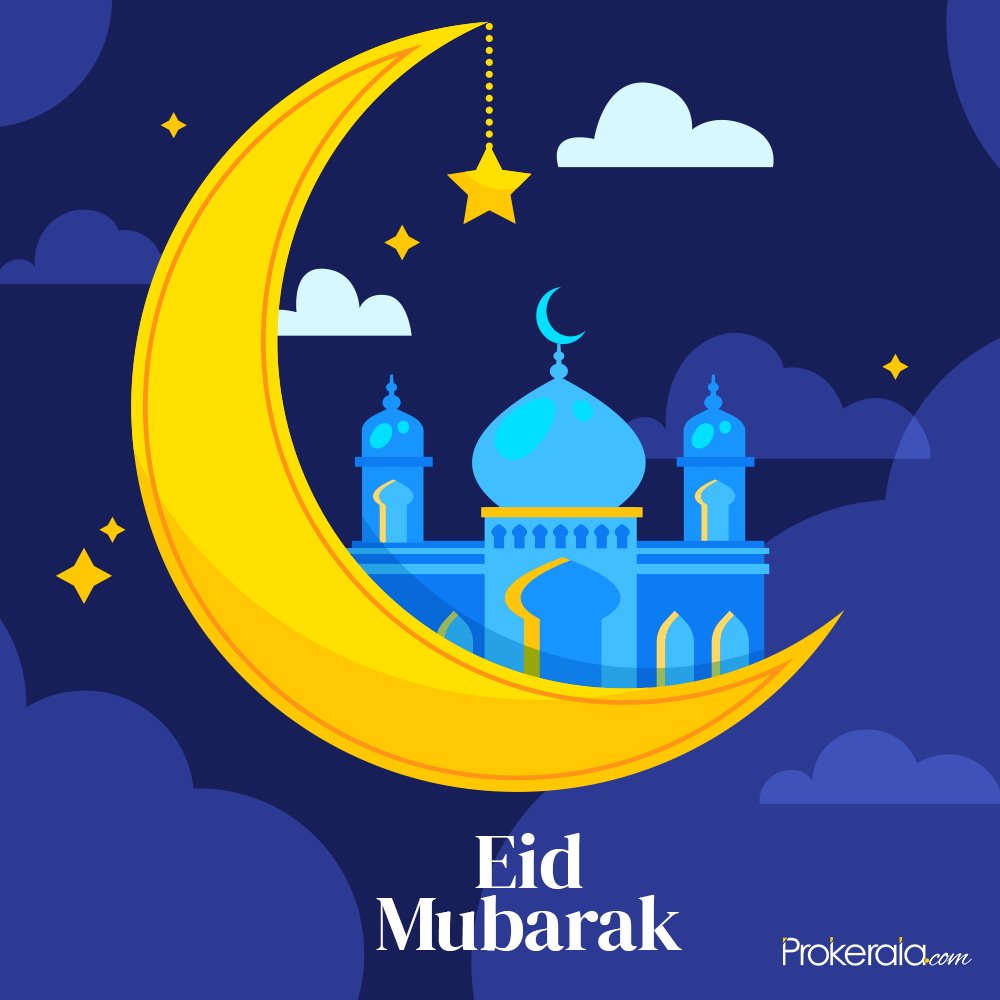From "Tibb un Nabawiyy by Shaykh Jalaluddin as Suyuti al Misri
"Said the Prophet Sall Allahu ‘alaihi wa Aalihi wa sallim: The stomach is the house of disease. And again he said: If the stomach is sick, the vessels return sick"
One of the Brethren asked me to tell him something about anatomy and how food reaches the various organs. So I answered his question placing my hope on Allah. I said: Said Almighty Allah: Certainly We created Man from an extract of clay. Then We made him a small life germ in a firm resting place. Then we made the life a clot: then We made the clot a lump of flesh: then We made the lump of flesh bones: then We clothed the bones with flesh: then We caused it to grow into another creation. So blessed be Allah, the best of Creators (Quran 23.12).
Note: The saying of Allah ' Certainly We created Man' means the creation of the Sons of Adam. The word 'man' means the whole of the species, being both singular and plural, all that derive from the extract of clay.
Said Ibn 'Abbas: The ' extract of clay' means the very essence. Muhammad said: It means the semen of the Sons of Adam. 'Akrama claimed that it means the water which flows from the loins.
As for the phrase ' the small life germ ' the Arabs call the life germ the extract and the parent the extractor or the flow, because both the extract and the life germ flow from clay, that is, from the clay of Adam. And the extract is generated from clay and Adam was created from it.
It is said that the meaning of the word ' mankind' is Adam and His saying ' extract' or ' flow' implies earth of all kinds. Al-Kalabi adds that the life germ flowed from clay and that the clay was Adam.
So then, we placed the life germ, that is to say Man, in a firm resting place, strongly guarded. This is the uterus which is concealed and is a fixed resting place for the life germ until its arrival at its term of life.
Next “We made the life germ into a clot”. It is said that between the two creations are forty days. Ibn Mas'ud relates: The Prophet Sall Allahu ‘alaihi wa Aalihi wa sallim - and he is a most trustworthy knower - has related to us that it was decided for all creation to take forty days in the womb of the mother. So the clot was like that.
Next came the piece of flesh in the same way. Then Allah sent an angel to blow a soul into it. And He gave orders for his fate to be written in four words- for hindrance or for help, for misery or for happiness. This is the tradition reported by al-Bukhari and by Muslim.
Physicians are agreed that the fetus is created in the uterus and that it rests there for about forty days. Here are differentiated the male and the female organs according to the heat of the temperaments and the faculties.
Next comes the clot of blood in a similar manner and this clot is a piece of congealed blood. Next comes the lump of flesh in a similar manner or call it a small piece of tissue. This constitutes the third period of forty days. Then it begins to move, as said the Prophet: We breathed into it a soul. All wise men are agreed that no soul is breathed in until after the fourth month. Know then that the semen is at first cheesy, like scum on water. Then it becomes bloody and finally fleshy. Next it receives form. Then it begins to move. The shortest possible period of pregnancy for a child to survive is 182 days. Full term pregnancy lasts 280 days.
Ibn 'Abbas reports the tradition that the fluid of the male is white & thick and that the fluid of the female is thin and yellow. Whichever of the two is the higher or the lighter, from this one comes the resemblance in the child. Muslim reports that tradition that from the fluid of the male are created the essential organs and the bones and that from the fluid of the female is created the flesh. Anas reports the tradition that 'Abd-Ullah bin Salam once asked the Prophet how it is that a child resembles his father or his mother. And the Prophet replied: If the fluid of the male exceed that of the female, then the child will resemble the man, but if the fluid of the female exceed that of the male, then the child will resemble her. Al-Bukhari reports that male semen is hot and strong and is therefore thick and white, whereas female semen is thinner and weaker and is therefore yellow. The resemblance of the child to one parent or the other Folio I66 depends upon the excess of the seminal effusion, upon the greater quantity of the semen, and upon the more voracious sexual appetite.
Said Hippocrates: Semen flows from all the organs, from the healthy man healthy semen, from the diseased man diseased. Said the Prophet Sall Allahu ‘alaihi wa Aalihi wa sallim: Beneath every single hair lies a possibility of ceremonial impurity. His saying' beneath every hair lies impurity' indicates the same fact, that is that the semen flows from every organ.
Next come the words of Almighty Allah: “Then We caused it to grow into another creation” (Quran 23.14). Said Ibn 'Abbas, al-Majahid, 'Akrama, al-Sha'bi, al-Zahak and Abu 'Aliyeh: This means the inspiration of the soul into it. Said al-Qatada: The blossoming of Man is the hair. Al-Majahid added: It is the maturity of youth. And al-Hassan further added: Be it male or female.
Al-'Awfi quoting Ibn 'Abbas relates the traditional saying: The growth of pubic hair marks the change of his state after birth. He has waited from the time of coitus until birth, till the time of sitting up, till the time of standing up, till walking, till weaning, until the time of eating and drinking, until growing to puberty, until the time of his supremacy in society and until the time of all that goes with that. All this is described in the various commentaries.
So may Allah be praised, may He be glorified and thanked for all that He was and still is, the best of Creators, of Designers, and of Predestinators. Now Creation in the language of design means Man. Allah the Creator is the Designer. Said al-Mujahid: So they were designed and Allah it was Who designed them.
Said 'Ayesha: The Prophet Sall Allahu ‘alaihi wa Aalihi wa sallim once said: All mankind of the Children of Adam has been created from 360 joints. Whoever says: Great is Allah; or: May happiness be found in Allah; or: Glory be to Allah; or: I ask pardon of Allah; or he who removes a stone from the road or a thorn or a bone; or he who has given orders to do what is good and has forbidden what is bad; he who has done any of these things up to the number of the three hundred and sixty joints, such a man has removed himself on that day from the fire of Hell and has saved his soul. Muslim reports this tradition.
Among the traditions of the acts of the Prophet is that he used to give alms, one for every joint. It is also among the traditions about his actions that he used to give alms every day, one for every bone. Said the Prophet Sall Allahu ‘alaihi wa Aalihi wa sallim: If in the clot of blood the lump of flesh is at peace, all the clot it at peace. And if it is corrupt, then all the clot is corrupt, excepting one part, the heart. Said Abu Hurairah: The Prophet said: The stomach is the tank of the body and the vessels go down to get watered. If the stomach is healthy, the vessels return from watering healthy. But if the stomach is diseased, the vessels return diseased. Abu Nu'aim too relates this saying.
From Ibn 'Umar comes the traditional saying that the Believer eats with a single bowel, but the Unbeliever eats with seven bowels.
Al-Bukhari and Muslim relate the tradition that the stomach is a nervous organ, hollow like a gourd with a long neck. The head at the upper end is called the Oesophagus which presses down the food and the drink. The lower end is called the Pylorus. By it the gastric contents are passed down the bowel. The Pylorus is also known as al-Fui'd. In the inside of the stomach are found villi. These occur in the central part of the stomach and are the seat of disease when this is the site where the first digestion takes place. Here the food receives coction and from here it is pressed down to the liver.
The stomach was created with nerves so that it can expand towards the liver. It is also created with nerves so that it can expand when filled with food and not burst.
Continuous with the stomach are the three intestines. The first is called the Duodenum and its length is twelve fingers. The second is called the Jejunum because it is usually empty. And the third long, fibrous and thin intestine is called the Small Intestine. After these three come the three large intestines. The first is called the Caecum. It is broad and has no outlet on the other side. In it the faeces begin to stink. The second is called the Colon. And the third is called the Rectum, ending with the Anus. These are the six bowels which together with the stomach make seven, as enumerated by the Prophet Sall Allahu ‘alaihi wa Aalihi wa sallim.
Said Avicenna: Verily because of His care for mankind Almighty Allah created the bowel manifold and luxuriant that the passage of food down from the stomach might be somewhat delayed.
Now the stomach is the root of all disease. Said the Prophet Sall Allahu ‘alaihi wa Aalihi wa sallim: The stomach is the house of disease. And again he said: If the stomach is sick, the vessels return sick. This remark I have already quoted.
Be it known that Allah has composed the bodies of all animals out of many organs. He has set the bones to support the body. He did not place merely one bone in the body but set there many bones on account of the need for various movements. For did the body have but one bone, it would be incapable of a variety of movement.
All bones are covered by a substance called Periosteum. The Glorious and Almighty One created at one end of every bone a secondary prominence and at the other end a facet which should receive the prominence of the next bone. Thus was the shape of His creation perfected and movement made easy.
The Glorious and Almighty One next set the Brain in place as the source of sensation and movement. From it grow the nerves which pass to every organ, being nerves of sensation and nerves of movement. From among these nerves He sent one special kind to the Eyes. This is called the Optic Nerve and through it comes vision. Another specialized nerve He sent to the Ears and through this comes hearing. Another specialized one He sent to the Nostrils and though it comes the power of smell. And yet another specialized nerve He sent to the Tongue and through it comes taste.
The Glorious and Almighty brought about movement of the limbs by organs known as Muscles. He further increased the adherence of the muscles to the bones by organs called Tendons.
Now, since the lower parts of the body are far from the brain, the Creator set in the hinder part of the bone of the skull an orifice through which passes the Spinal Cord. This is stretched out within the vertebrae of the back and gives to the lower end of the body sensation and movement. The Glorious and Almighty One has especially distinguished the brain by the provision of the bone of the skull and the cord by the vertebrae of the back in the same way that He distinguished the heart and the liver by the provision of the bone of the breast. For all these organs are noble organs. So He fortified them with bones so that they might be far from receiving any damage.
Within the brain the Glorious and Almighty One set three innermost cavities. The first and foremost one is concerned with the imagination, the second and middle one with reflection, and the third and hindermost with recollection. in a similar manner Allah the Glorious and Almighty set the heart as the mine of life and the source from which arises the Innate Heat. And just as there come forth from the brain nerves to carry to the organs sensation and movement, so come forth from the heart the glistening white arteries to carry to the organs the matter of Life.
And since the heart is the kindler of the Innate Heat and of warmth in general, as soon as it takes rest, all heat is extinguished.
Allahu ta ‘ala the Glorious and Praiseworthy has set as a means of breathing the mouth and the nostrils. Inside the mouth there are two channels, one for the entry of air into the lungs and the other for the entry of food and drink into the oesophagus and stomach. Allahu ta ‘ala has set the lungs as a ventilator to fan the heart lest the Heat become extinguished.
As for the mouth it is divisible into two parts. One part is single and is concerned with smelling. The other part is so arranged that air within it passes to the heart, even though the mouth is shut by a lid, as at the time of sleep and when eating and drinking. Were the mouth not so arranged, the tongue would cause a throttling during sleep and the mouth would have to be kept always open and during the act of eating and drinking the road for air would be blocked. In consequence there would be a suffocation from a falling into the air passage of any bit of food or drink.
Just as Allahu ta ‘ala set the brain and the heart as the sources of sensation, movement, and life for the rest of the body, so He placed the Liver as the source of nourishment for all the other organs by means of the non- pulsating vessels.
When a person takes food, first the lips taste it; then the canine teeth break it up; then the molars crush it; and then the tongue turns it all about. After all this it is pressed down to the stomach. Were it to rest in the stomach, it would collect there and ultimately block the pyloric exit below with a solid obstruction. So here coction takes place while it tarries. When coction is taking place, there is need of water. And in such circumstancs a man becomes thirsty. So possibly the stomach will feel hot from its own subjugation and from the moisture within. Should coction be completed there by means of the water, there will then remain what resembles a thin gruel.
Between the liver and the stomach there are vessels by which food is conveyed from the stomach to the liver. This is the meaning of the saying of the Prophet: The stomach is the tank of the body and the vessels go down to water at it. The liver sucks up the greater part of the fluid food by means of these vessels. Then a second coction takes place until the food is converted into blood. As soon as it has become blood, it is sent to all the organs in sufficient quantity and as required for their well-being.
Whatever food is left in the stomach is expelled into the intestine, being the choicest. This remainder is expelled below so that the liver may send to the heart the residue of the food to refine it and to the lungs to be made subtle and to the brain to make it damp and to the bones to make them thick and dry. Thus finally there remain in it only the waste products. Of these a due portion is expelled to the Gall Bladder. There it becomes what is known as Yellow Bile. And a due portion is sent to the Spleen which there becomes known as Black Bile. And a proper portion is expelled from the gall bladder to the intestines and this helps in the excretion of the faeces. One part is excreted from the spleen to the mouth of the stomach and increases the desire for food.
The blood extracts from the water a proper proportion to make it subtle and to make it pass through the narrow paths. Once again the water returns, passing back to the liver. Once again it is expelled by the liver, this time to the kidneys and urinary bladder. There it becomes urine. A little of this is extracted from the blood to nourish the kidneys and bladder.
The proof that the water reaches the extremities of the organs and then comes back, is afforded by the return of dyed water. For-the urine of women is of a reddish hue following their use of henna, just as though they had dyed the urine itself with henna.
Two large vessels arise from the liver. One is from the concave surface and is called the Portal Vein. This passes to the stomach and picks up the water from within it which has been produced from the food, as we have already described. The second large vessel arises from the convex surface and is called the Caval Vein and runs all over the body. A branch of it runs to the back-bone and is called al-Watayn or The Suspender of the Heart because it is the attachment of the heart. It waters all the organs in man. It is also called al-Niyat. Of this vein said Ibn 'Abbas: If it is cut, the owner dies. And this is the meaning of the saying of Almighty Allahu ta ‘ala: Then we would certainly have cut off his aorta (Quran 69.46), meaning thereby the vessel which is called al-Watayn.
A branch runs out from it to the throat, called Al-Warid or The Vein. And of this Almighty Allahu ta ‘ala said: We are nearer to him than his life vein (Quran 50.I6). It is also known as the Jugular Vein. It is the vein which is cut when sacrificing an animal. A branch passes from it to the right chamber of the heart. This is known as al-Abhar or Superior Vena Cava. It is also called the Vessel whose beginning is in the head. But the first title is the more accurate.
About this vessel the Prophet said during the disease from which he died: Now is my aorta cut as well as from the eating of what I eat at Khaybar. Said al-Asma'i: Al-Abhar is the vessel within the back which passes to the heart. If this is cut, life becomes impossible. As for his remark about the eating, this means the eating of a shoulder of a sheep which had been poisoned by Zaynab bint al-Harath, the sister of Marhab, the cursed Jewess. And this poison used to affect him every year, just as it did at that time.
The remainder of the al-Warid passes to the head and is called al-Nama or The Melody. And from it comes the oath: May Allahu ta ‘ala cut his al-Nama, that is, his gamut or life.
Then there passes a branch dispersed to the hands which terminates there. One branch of this is called the Cephalic Vein and is used for venesection in cases of disease of the head. Another branch is named the Basilic Vein. And from these two runs a united branch, known as the Median Vein. This is the vein which the Prophet seared for Sa'd bin Mu'az when wounded on the fore-arm.
Another branch is called the Radial Vein. And a branch of this is known as al-Kitfi and another as the Asaylam. These veins are destined for the hands. Another branch runs to the thigh and is called the Sciatic Vein. It has already been described in the description of the disease called Sciatica. It is also used for venesection when a woman has no menstrual loss. It sets up a flow again. The rest of this vein passes to the legs and there it is known as the Saphenous Vein. It is used for venesection in diseases of the feet.
The cutting of any of these veins does not put an end to any life except their own. Indeed, if a man cut his hand off or his foot off, he can still go on living. But even these he cannot cut off and live unless the wound be seared. And that is why the Prophet seared the Median Vein in the case of Sa'd.
Know then that the waste products of digestion of the stomach are the faeces and the waste products of digestion of the liver are the urine and black and yellow bile. The waste products of digestion of other organs are sweat and dirt. Every organ has its own waste products. Thus, the waste products from digestion occurring in the brain are mucus and saliva and those of the eyes are sordes. During night time the salt in this sometimes becomes infected. The waste products of the digestion which occurs in the heart and in the bladder are the growth of hair. Religous Law orders these hairs to be plucked in the case of the arm-pits and to be shaved in the case of the pubes. The waste products of digestion which occurs in the ears is ear-wax. Sometimes by night worms are bred in this wax.
And all praise be to the Merciful One, the Beneficent One, Allahu ta ‘ala, the divine Creator and Artist.
As a solitary individual could not reproduce himself, the Divine Majesty has created organs of generation to perpetuate the species. These organs are the penis and testes in a man and the womb and breasts in a woman. Within the womb Allahu ta ‘ala has made two large recesses placed on the right and on the left. In the right recess the male is generally formed and the female in the left. When twins are generated, male and female, then both recesses are occupied.
When semen falls into the womb, the womb clasps it tight. This is because it has an appetite for seminal fluid. The Prophet whose word cannot be doubted, declared that in the womb is to be found an angel who cries: 0, Lord, grant but one drop of semen. So when the semen comes to a stop within the womb, the womb clasps it tight to itself. And from that time on the female has no desire for copulation. This is a sign of pregnancy, that is, the failure of a woman to desire physical intimacy. This sign is found in all animals.
According to physicians the womb is a greedy animal. When the seminal fluid of a man mixes with the spermatic liquid of a woman, the two fluids intermingle and then receive coction. This results in the formation of bubbles, caused by the heat of the coction, just as bubbles are produced in thick matter when heated over a fire. These bubbles coalesce so as to form one single bubble which presents a fairly large cavity. It is inside this cavity that the Vital Spirit will collect with the permission of Allahu ta ‘ala. The semen thus swollen next acquires a solidity. This period is known as the Period of the Clot or Al-'Alaqa. It is at this stage that the guardian angel of the womb cries: Lord, a Man; or: Lord, a Woman.
The next stage in the developement of the Clot is the formation of blood vessels which serve for nutrition. This period is called the Period of the Lump of Flesh or Al-Mazagha. After this, Allahu ta ‘ala, the Creator of all Beings, Allahu ta ‘ala whose Name is Holy, Allahu ta ‘ala of majesty infinite and sovereignty absolute, breathes into it a Soul. Then the angel of the womb is ordered to write what is destined for this individual, the term of his existence, the work which will fill his days, his fortune good or bad, as is told in the Traditions.
Next three membranes are formed which surround the child. One of these is called al-Mashima and it joins itself to the navel of the foetus to bring it its nourishment. For it is through the navel that the foetus receives what is to nourish it while it lies within the belly of its mother.
The second membrane receives the urine of the child. The third membrane receives all the exhalations of the child which are analogous to the sweat and dirt of the skin in a fully formed individual.
All these facts are indicated and signified in the words of Allahu ta ‘ala Himself when He said: He creates you in the wombs of your mothers - a creation after a creation - in triple darkness. (Quran 39.6). By “creation after creation” in meant the Life Germ, the Clot, and the Lump of Flesh: and by the ' triple darkness' is meant the three membranes.
So when the time is accomplished which Allahu ta ‘ala has fixed for gestation, the three membranes are destroyed and broken. Then comes to the woman suffering and birth pangs together with a flow of blood. This blood is known as the Blood of Parturition.
You must know that the child sits in the maternal abdomen with face turned towards the back of the mother. When he wishes to come forth, he somersaults the top of his body to the lower end. Did he not do this, the child would cling to the abdomen of his mother with both hands and both he and his mother would die. It is because of the great pain that a woman endures that a mother who dies in childbirth is ranked by theologians among the martyrs, as the words of the Prophet teach us.
So the child comes forth to this World, the place of trouble and worry, of faults and sin. A new being, the child has nothing to dispose of, nothing harmful, neither life nor death nor resurrection. A beloved being his father and mother smile upon him and prepare for him the best they have, the choicest and most refined of foods. To him are addressed the affection of strangers and of the family. Whoever sees him gives him welcome, so weak is he.
Later he completes the space of his career on this earth of misadventure and misfortune, where he has been surrounded by pleasure or plunged in misery. The end to which he is going is either Paradise or the Fire of Hell. May Allahu ta ‘ala prevent us by His generous pity and His kindness from this latter and grant that we be saved from such misfortune. May He grant us grace to finish well the actions of our life.
Reflect then, O Man, on your beginning and on your end and on the consequences of your life. And I beg the Majesty who gives pardon, to grant you all the grace to save yourselves and to be received into His kindness. Those experienced in the matter say that when a woman is pregnant with a male child, her complexion improves and her gait is lighter. The foetal movement of a male child is felt more on the right side and when the foetus is a male the right breast of the mother grows bigger than the left. The pulse at the wrist is also fuller. When walking the woman puts the right foot forward first. All these signs are reversed if the foetus is a female.
As for the saying of the Prophet Sall Allahu ‘alaihi wa Aalihi wa sallim ' Verily He created all mankind with three hundred and sixty articulations ', all these I will enumerate for you, if Allahu ta ‘ala will.
Masters of Anatomy state that there are 11 bones in the cranium, in the sockets of the eyes 6, in the cheeks 2, and in the nose 4. To these are to be added the central incisors, the lateral incisors, the canines, Folio 176 and the grinders which form the upper jaw. The same number is found in the lower jaw, which is also called the chin. So the bones of the teeth number i6 above and i6 below, being named as above mentioned, central and lateral incisors, canines, and molars.
The bones of the back articulate with the bones of the head posteriorly. These vertebrae number 24, sometimes 1 more, some time 1 less. They articulate blow the sacrum. This is the bone about which the Prophet said: There will remain to the children of Adam only the bone of the tail. The sacrum articulates below with the coccyx. These form together 6 bones and are, as it were, the foundation for the rest of the body.
Laterally there articulate with the sacrum the two iliac bones. In these is found the acetabulum into which enters the head of the femur. This completes the description of the bones which form the back.
The bones of the front are made up of the two clavicles and the two scapulae, excluding the bones of the neck. After them come the two big bones, called the humerus, followed by the 4 bones of the fore-arm.
The bones of the chest are 7 and are called the Bones of Girth of the Sternum. The ribs on either side are 12, being convex and joined to the vertebrae behind. This is a description of the bones of the front.
As for the hands, there are the bones of the two wrists, being i6 in number. All the bones of the carpus which form the hand, are popularly known as the Wrist. They are called the cuneiform bones, while the bone which lies next to the thumb is called the trapezium and that which lies opposite the little finger the Unciform. The bones of the metacarpus are 8. The bones forming the fingers are 30, for each finger 3 bones. They are known as phallanges. We have already quoted what the Prophet Sall Allahu ‘alaihi wa Aalihi wa sallim said about these.
As for the bones of the legs, there are the 2 ischial bones, i bone in each thigh, 2 bones in the knees, and 4 bones below the knees. Below this each foot has an astragalus, an os calcis, and a navicular bone. These form the ankle and by them movement of the foot is brought about. In all there are 8 bones. The bones of the foot number 20 and the bones of the toes 28, for each toe 3 bones excepting the big toe which has only 2. This is the list of the bones of the body as enumerated by the Prophet Sall Allahu ‘alaihi wa Aalihi wa sallim.
Since the bones are not fixed in their positions, the Creator has produced for them at their extremities solid bodies to strengthen and bind them, these bodies being known as tendons and ligaments. He made the muscles to move the bones whose number in the body is The muscles He created of flesh and nerve.
Next He united all these with arteries, veins and nerves that they might receive life and sensation, movement and food, as has already been told. Next He covered them all with flesh and fat and adipose tissue. The Creator set the flesh to prevent any breach of the organs and to keep them safe from cold and from being split asunder and detached one from another. Such flesh is called fascia. An example is found in the thighs and in the tongue. The fat is the source of heat. Indeed it is the very matter of heat, for fire does not burn without oil. And finally, the adipose tissue is the tissue which thickens the organs of nutrition like a coat. It aids digestion and is plentiful in the peritoneum and the bowel.
When the construction was completed, the Almighty covered the whole thing with skin. Some skin He made thin, like the skin of the face which has need of beauty and comeliness. Other skin He made thick, like the skin of the feet where there is need for walking or coming into contact with hard bodies.
Then the Almighty set in the skin organs of sensation and touch and brought to it the mouths of the blood vessels. And in every spot of the skin there is sensation and from every spot if pricked blood will flow. This is also a means of nourishment.
Then He made to grow in the skin the differing growths of hair and nails. Of the hair some He created for its beauty or as a veil, such as the hair of the head or the eye-brows or the eye-lashes. For the hair of the head and the eye-brows are for beauty; the hair of the eye-lashes is to protect the eyes against anything getting into them as well as for their beauty. For whenever we picture a bald man with shaved eyebrows and eye-lashes, verily that man is most unpleasant to look upon. Indeed the ugliest feature of a shaven monk is the ugliness of his face and his unpleas- ant appearance.
Among the acts of wisdom and mercy of the All-praised and Almighty is the fact that He made the hair of the eyebrows and the eyelashes to remain without growth. For were they to grow long, they would cover the eyes and damage the sight. And were they to grow upwards or down- wards they would hamper sight. And indeed among diseases of the eyes is one found called Trichiasis or Overgrowth of the Lashes. This does much damage to the sight and is cured by plucking out the hair. Another hair which is an embellishment is the hair of the chin which helps a man to be respected and dignified. Have you never noticed how ugly are the faces of eunuchs when they grow to manhood ?
Among the hair which is not an embellishment and is not of any use is the hair of the pubes and the hair of the arm-pits. Hence the Great Teacher ordered their depilation and bade us shave it off. For shaving of the pubic hair strengthens the desire for sexual intercourse, just as shaving of the back of the head thickens the neck. All mercy and favour is to be found in His creation.
At the tips of the fingers He created nails to strengthen their movements and to prevent the tips of the fingers from being worn away. These were made to continue to grow at all times. For were they stationary and did they not continue to grow, they would be worn away with so much work.
The Sunna requires the nails to be pared. These requirements about paring the nails and burying the parings are only traditional sayings, comparable to the saying of the Prophet: Keep the nails short, shave the pubic hair, and depilate the armpits on Thursdays, and on Fridays use scent, clean clothes, and the hot bath. But as for the use of the hot bath on Fridays, sometimes this is of obligation and sometimes only desireable.
Tradition says that he who cuts his nails will not suffer from ophthalmia on the opposite side.
Tradition also says that it is commanded to bury the hair and the nails lest the Sons of Adam use them for magic purposes. According to one tradition which has a strong chain of authorities Mujahid said: The burial of nail parings is desireable. The same chain of authorities adds: Desirable too is the burial of blood and of hair. Tradition says that Abu Dawuid once said: The Prophet was cupped and then said to the man: Bury the blood lest it be licked by a dog which suffers from rabies. So may the blessing of Allahu ta ‘ala and His peace be upon this Illiterate Prophet who so marvellously produced the knowledge that makes us see and which dazzles the wise and who has given us understanding of His ever- lasting gifts which continue throughout day and night. Herein has the All-praiseworthy and the Almighty Allahu ta ‘ala made Man glad by His excellency Folio i80 and by His kindness. May His servants serve Him with an earnest vision. So praise be to Allahu ta ‘ala, Lord of the Two Worlds.

